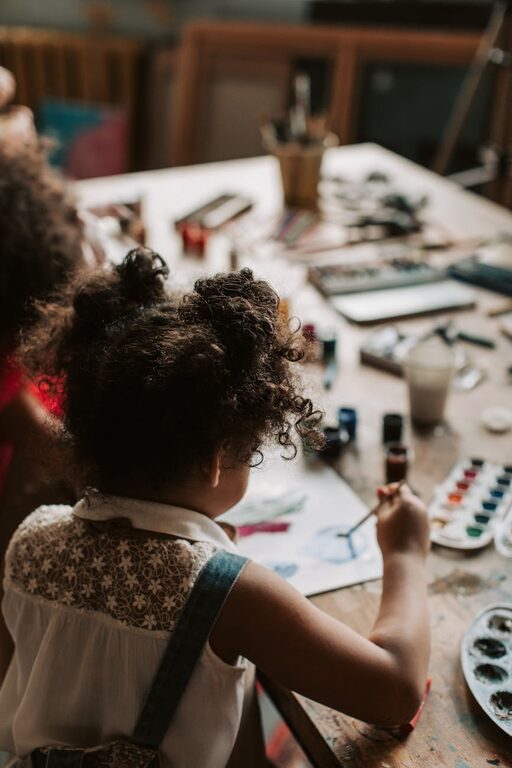Children’s artwork is a wonderful expression of their creativity and imagination. From colorful paintings to handmade crafts, these creations often hold sentimental value for parents. However, as the volume of art grows, it can become challenging to keep it organized without cluttering your home. In this post, we’ll explore practical and creative tips to help you manage and organize your kids’ art efficiently.
Why Organize Kids’ Art?
Before diving into tips, it’s helpful to understand why organizing children’s art matters:
– Preserves Memories: Proper organization helps keep precious memories intact for years to come.
– Reduces Clutter: Avoid piles of loose papers and random crafts taking over your living space.
– Builds Appreciation: When art is displayed and preserved thoughtfully, kids feel proud of their work.
– Facilitates Sharing: Organized artwork makes it easy to show family and friends.
Step 1: Sort and Select What to Keep
The first step in organizing is to decide what to keep and what to let go.
– Involve Your Child: Ask your child to select their favorite pieces. This encourages decision-making and values their opinion.
– Set Criteria: Keep artwork that captures milestones, shows significant effort, or holds special meaning.
– Limit Quantity: Establish a reasonable limit for storage—such as a certain number of pieces per month or school year.
Step 2: Choose the Right Storage Solutions
Depending on the volume and type of art, different storage options may work better.
Flat Storage
– Portfolios or Art Folders: Large, expandable folders keep flat artwork safe and organized by date or theme.
– Large Binders with Plastic Sleeves: Ideal for flat drawings or paintings on standard-sized paper.
– Under-Bed Storage Boxes: Space-efficient and perfect for flat or lightweight projects.
3D and Craft Storage
– Clear Plastic Bins: Store sculptures and craft projects in stackable bins; clear sides help with easy identification.
– Shelving Display: Dedicate a shelf or cubby for rotating 3D art exhibitions.
– Photo Documentation: For fragile or space-consuming pieces, photograph the artwork and recycle the original.
Step 3: Create a Display Area
Displaying your child’s art shows you value their creativity and adds a personal touch to your home.
– Art Wall or Gallery: Use corkboards, magnetic strips, or framed rotating displays.
– Clip Strings or Wire Display: Hang art with clothespins along a string for an easy-to-change gallery.
– Digital Frame: Upload photos of artwork to a digital photo frame for a dynamic display.
Step 4: Digitize for Long-Term Preservation
Digitizing artwork offers a clutter-free and lasting way to keep memories.
– Scan or Photograph: Use a scanner for flat artwork or a smartphone camera for three-dimensional pieces.
– Organize Digitally: Create folders by year, child, or theme on your computer or cloud storage.
– Create Photo Books: Compile favorite pieces into printed books as gifts or keepsakes.
Step 5: Routine Art Organization Habits
Maintaining organization requires regular habits.
– Set a Schedule: At the end of each month or school term, review and organize new art together.
– Rotate Displays: Keep displays fresh by swapping out older art for new creations.
– Teach Responsibility: Encourage kids to help store their art, fostering care for belongings.
Bonus Tips for Encouraging Creativity and Organization
– Supply Station: Designate an area where kids can access art supplies easily and keep them organized.
– Label Everything: Use labels on storage containers and folders for quick identification.
– Celebrate Art: Host mini “art shows” at home to celebrate creativity and motivate organization.
Conclusion
Organizing your kids’ artwork doesn’t have to be overwhelming. With a few simple strategies and consistent habits, you can cherish these creative treasures while keeping your home neat and inviting. Whether through physical storage or digital archives, the key is to create systems that are easy to maintain and fun for the whole family.
Start today by sorting recent artwork and picking a storage method that fits your space and lifestyle. Your child’s artistic journey is worth preserving beautifully!
—
Feel free to share your own tips and experiences in the comments below!

